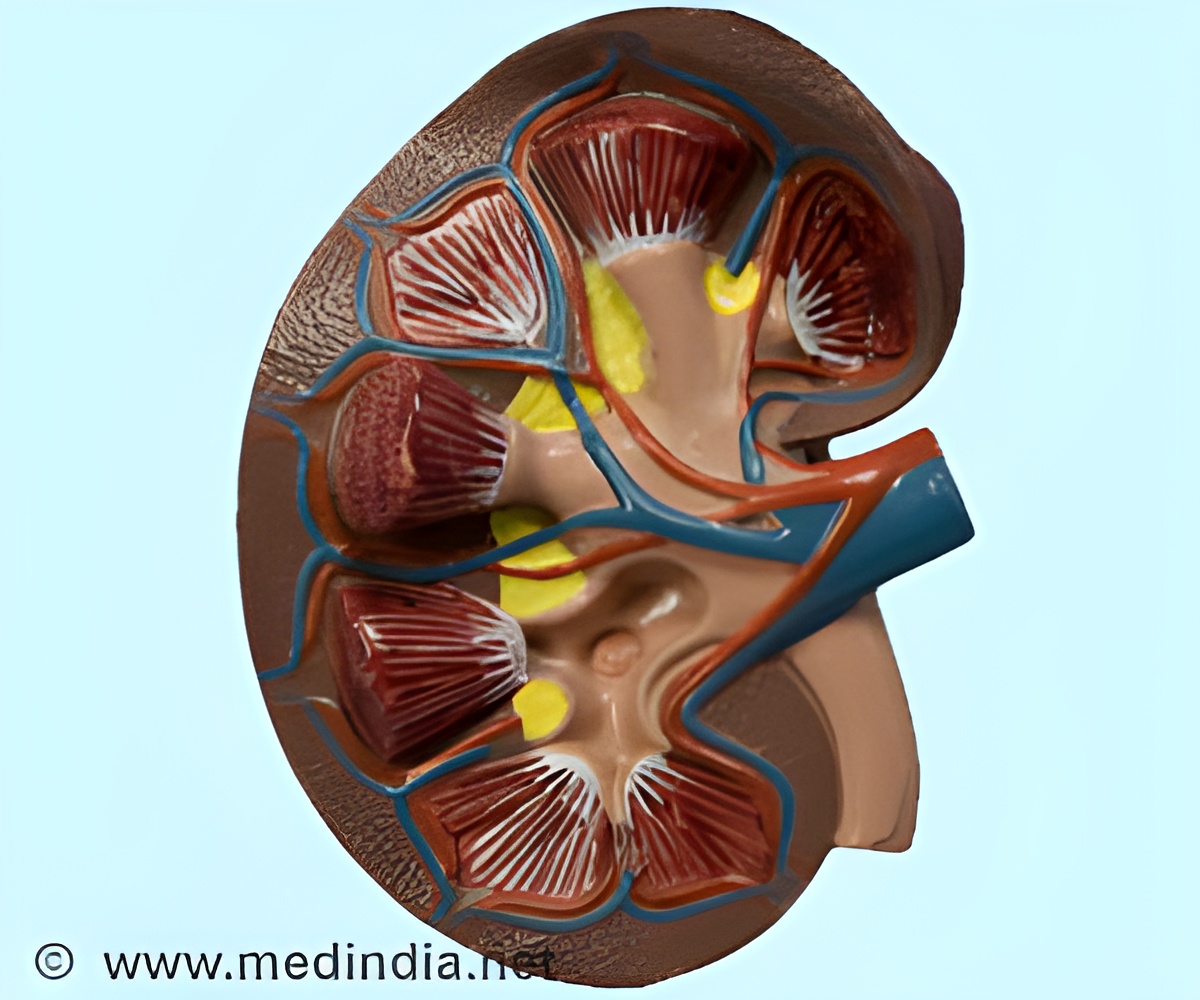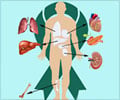Kidney shortage may now have a new solution - use discarded organs as scaffolding to generate new kidneys in the lab.

Currently in the USA alone 2,600 kidneys are discarded every year and in other countries too the discard rate is as much as 5 to 10% of all donated kidneys.
According to lead author of the research Giuseppe Orlando, M.D., Ph.D “With about 100,000 people in the U.S. awaiting kidney transplants, it is devastating when an organ is donated but cannot be used. These discarded organs may represent an ideal platform for investigations aimed at manufacturing kidneys for transplant.” According to the authors, the probability in the U.S. of receiving a kidney transplant within five years of being added to the waiting list is less than 35 percent, and people age 60 or older who are placed on the waiting list only have a 50 percent chance of ever receiving a kidney.
In fact, an analysis of the decellularized organs revealed that antigens likely to cause an immune response were removed in the cleaning process. “This finding has significant implications,” said Orlando. “It indicates that transplantation of such customized kidneys could be performed without the need for anti-rejection therapy. In addition, these kidneys maintain their innate three-dimensional architecture, their basic biochemistry, as well as their vessel network system. When we tested their ability to be transplanted (in pigs), these kidneys were able to maintain blood pressure, suggesting a functional and resilient vasculature.”
The science of regenerative medicine has already had success in engineering skin, cartilage, bladders, urine tubes, trachea and blood vessels in the lab that were successfully implanted in patients. Most of these structures were able to receive oxygen and nutrients from nearby tissues until they developed their own blood vessel supply. However, more complex organs such as the kidney, liver, heart and pancreas are larger with dense cellular networks and must have their own oxygen supply to survive. The need for a blood supply is why scientists are exploring the possibility of using donor organs and “seeding” them with a patient’s own cells.
Dr.Shroff, a transplant surgeon from India and trustee of MOHAN Foundation an NGO promoting organ donation in India, commenting on this recent research said -"this is the dawn of a new era in regenerative medicine and the potential is huge if the research succeeds."
Can similar application be made available for other organs and could it significantly improve the organ donation rare? Dr.Shroff added that "the kidneys retrieved even from a naturally dead person may perhaps be used for this purpose and if this was possible it could take care of organ shortage in the true sense. This research also opens up similar possibility for other solid organs such as liver and the best thing maybe minimal requirement of lifelong immunosuppressive drugs."
The research was supported in part by a grant from the state of North Carolina.
Source-Medindia
 MEDINDIA
MEDINDIA




 Email
Email








